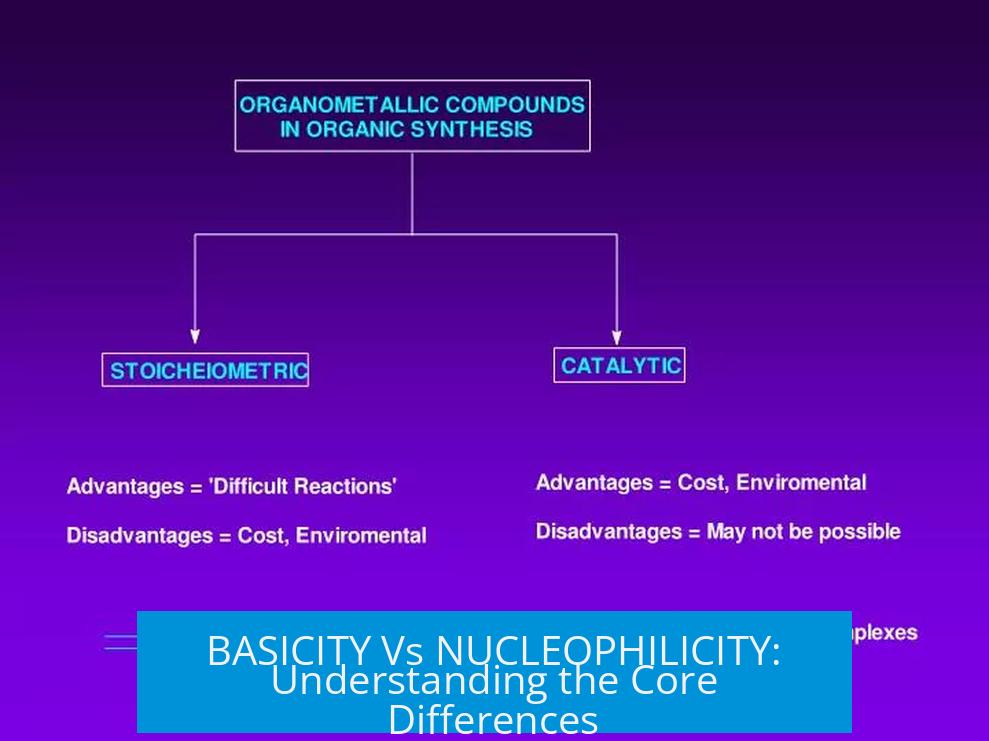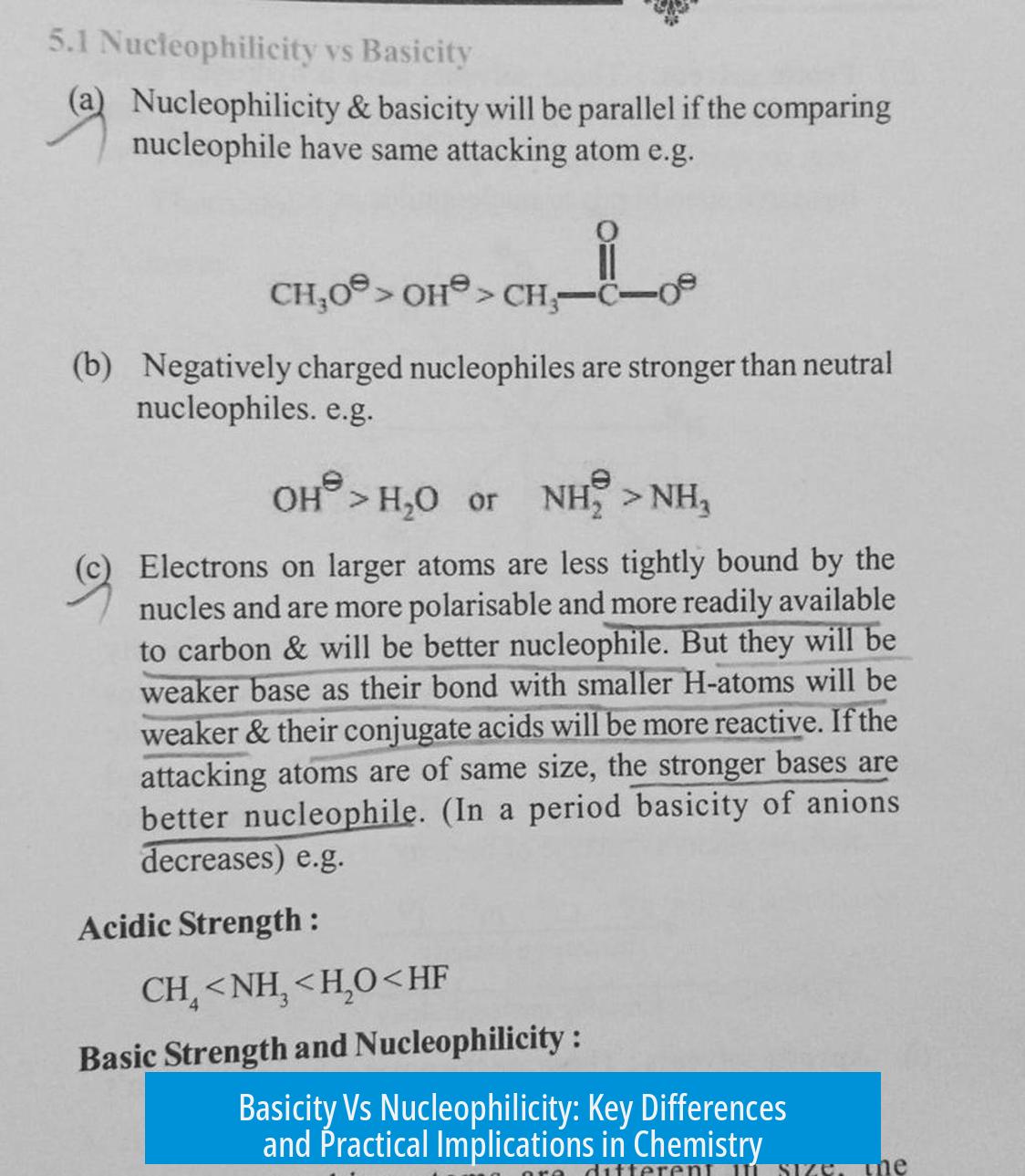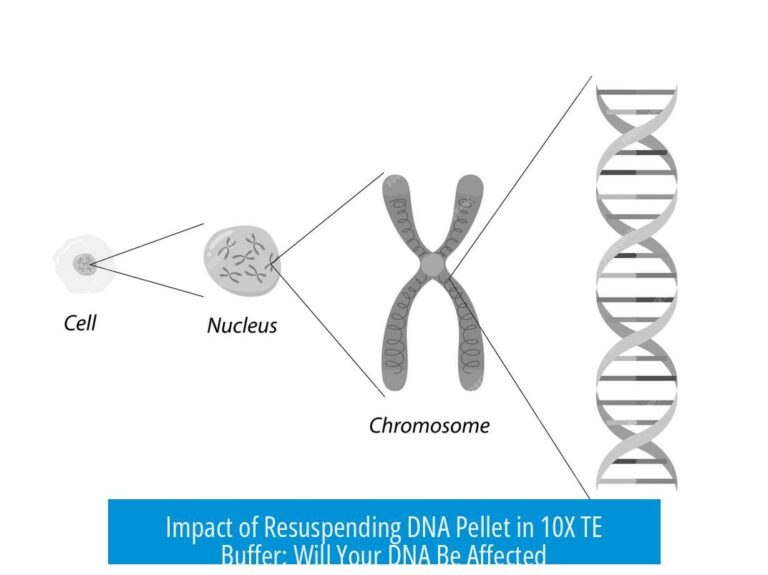BASICITY Vs NUCLEOPHILICITY: Understanding the Core Differences

Basicity and nucleophilicity differ primarily because basicity is a thermodynamic property, reflecting the equilibrium state and affinity for protons (H+), while nucleophilicity is a kinetic property that measures the rate of nucleophilic attack on an electrophile. This distinction underpins their unique roles and behaviors in chemical reactions.
1. Defining Basicity and Nucleophilicity
Basicity: A Thermodynamic Perspective

Basicity describes the ability of a species to accept a proton. Thermodynamically, it is an equilibrium property and depends on the relative proportions of protonated and non-protonated forms in a mixture. The stronger the tendency of a compound to accept a proton at equilibrium, the stronger its basicity. It essentially quantifies the affinity for a “free” proton.
Nucleophilicity: A Kinetic Property
Nucleophilicity quantifies how quickly a nucleophile attacks an electrophile. Unlike basicity, it measures reaction rates rather than equilibrium states. Thus, nucleophilicity is a kinetic descriptor assessing the speed of nucleophile-electrophile interactions.
2. Target Nature: What Do Bases and Nucleophiles Attack?
Bases Target Protons
Bases primarily attack hydrogen ions (protons). According to Arrhenius and Bronsted-Lowry definitions, bases accept protons to form conjugate acids. This proton-accepting character defines most acid-base reactions.
Nucleophiles Attack Deshielded Centers
Nucleophiles attack electrophilic centers in molecules, which are often deshielded atoms with partial positive charge—not limited to protons alone. While acidic protons are electrophilic and thus deshielded, nucleophiles may target carbon atoms, sulfur, or other electrophilic centers, diversifying their reaction scope beyond simple proton capture.
3. Relationship and Distinction Between Basicity and Nucleophilicity
Correlation but No Direct Equivalence
Both properties involve Lewis acid affinity: basicity deals with the thermodynamic affinity for H+ ions, while nucleophilicity involves the kinetic affinity for general Lewis acids. While related, these properties do not consistently correlate. A nucleophile’s speed in attacking an electrophile is not always proportional to its basicity.
Influence of Conjugate Acid Acidity on Basicity
Basicity inversely correlates with the acidity of the conjugate acid. For example, if the conjugate acid is strongly acidic, the base tends to be weaker. Nucleophilicity shows no such direct dependence. This difference arises because nucleophilicity measures rate constants, not equilibrium constants affected by conjugate acid acidity.
4. Case Study: HS− vs OH− in Basicity and Nucleophilicity
HS− (hydrosulfide) and OH− (hydroxide) provide a practical example of the basicity-nucleophilicity distinction. While HS− is often said to be a better nucleophile than OH− in protic solvents, HO− generally exhibits stronger nucleophilicity intrinsically.
- In aprotic solvents, HO− usually outperforms HS− as a nucleophile due to less hydrogen bonding.
- However, in protic solvents, strong hydrogen bonding to OH− reduces its nucleophilicity, allowing HS− to act as a better nucleophile kinetically.
- Despite this, HO− is inherently more basic than HS− because the conjugate acid H2O is less acidic than H2S.
This example illustrates how kinetic effects (nucleophilicity) and thermodynamic factors (basicity) can diverge based on environmental conditions.
5. Practical Implications in Chemistry
Kinetic vs Thermodynamic Considerations
When considering reaction pathways, chemists must distinguish between nucleophilic attack rates and basicity equilibria. Nucleophilicity predicts how quickly a species can react, influencing reaction rates, whereas basicity predicts the position of equilibrium in acid-base systems.
Mayr’s Quantification of Nucleophilicity
Research by Mayr and colleagues offers a quantified system to gauge nucleophilicity and electrophilicity. This system compares relative reaction rates among nucleophiles and electrophiles, providing a precise kinetic framework that complements equilibrium-based basicity data.
6. Summary of Differences
| Aspect | Basicity | Nucleophilicity |
|---|---|---|
| Definition | Thermodynamic property measuring equilibrium proton affinity | Kinetic property measuring rate of electrophile attack |
| Target | Protons (H+) | Electrophilic centers (often deshielded) |
| Dependence | Conjugate acid acidity affects basicity inversely | Not affected by conjugate acid acidity |
| Measurement | Equilibrium constants (pKa related) | Reaction rate constants |
| Scope | Limited to proton affinity | Broader, includes various electrophiles |
Key Takeaways
- Basicity is thermodynamic; nucleophilicity is kinetic.
- Bases attack protons; nucleophiles attack electrophilic centers broadly.
- Basicity depends on conjugate acid strength; nucleophilicity does not.
- Environmental factors such as solvent influence nucleophilicity more than basicity.
- Both properties describe Lewis acid affinity but at different mechanistic stages.
Understanding basicity and nucleophilicity clarifies reaction mechanisms and guides the selection of reagents in organic and inorganic chemistry. Careful distinction improves predictions about reaction outcomes, equilibria, and rates crucial for synthesis and catalysis.





Leave a Comment